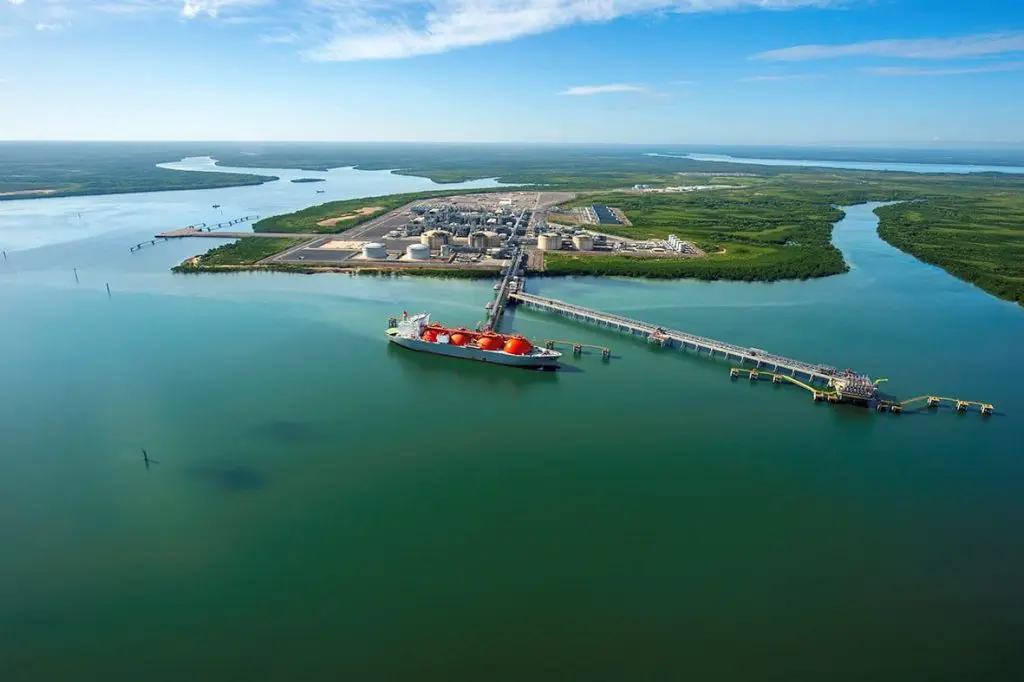This story requires a subscription
This includes a single user license.
Last month, a spokesman for Inpex told LNG Prime that Train 1 is expected to “return to 100 percent by mid-November.”
On September 10, Inpex announced it had decided to reduce Train 1’s rate of operations to about 70 percent to carry out inspections as the unit “is using the same equipment (heat exchangers) as Train 2.”
“Ichthys LNG Train 1 is operating at a slightly reduced production level for the inspection and repair of heat exchangers, to ensure safe operations,” Inpex said in its results report on Tuesday.
The company said the train is expected to resume full-scale operation at the beginning of December.
Ichthys LNG Train 2 was taken offline on August 20 due to heat exchanger issue, then returned to service on October 9 after completion of inspection and repair.
Before this, Inpex shut down the train in July.
About 116 LNG cargoes this year
Inpex said in the report that approximately 10 LNG shipments per month are expected each for November and December.
This means that Inpex expects to ship about 116 LNG cargoes this year.
Last year, the LNG plant sent a record 129 LNG cargoes, 17 cargoes more compared to 2022, as part of the company’s plans to boost production to about 9.3 mtpa due to debottlenecking.
The plant shipped 11 LNG cargoes in 2018, 104 LNG cargoes in 2019, 122 LNG cargoes in 2020, 117 LNG cargoes in 2021, and 112 LNG cargoes in 2022.

According to Inpex, the Ichthys LNG plant sent 90 cargoes during January-September, down from 96 LNG cargoes during the same period last year.
The LNG plant also sent six cargoes in October this year.
Ichthys LNG is a joint venture between operator Inpex and major partner TotalEnergies.
Earlier this year, Inpex also purchased a small stake in Ichthys LNG from compatriot Tokyo Gas to boost its stake from 66.245 percent to 67.82 percent.
Besides TotalEnergies, other partners in the Ichthys project include Australian units of CPC, Osaka Gas, Kansai Electric Power, Jera, and Toho Gas.
Natural gas arrives to the LNG plant at Bladin Point, near Darwin, from the giant Ichthys field offshore Western Australia via an 890-kilometer-long export pipeline.

